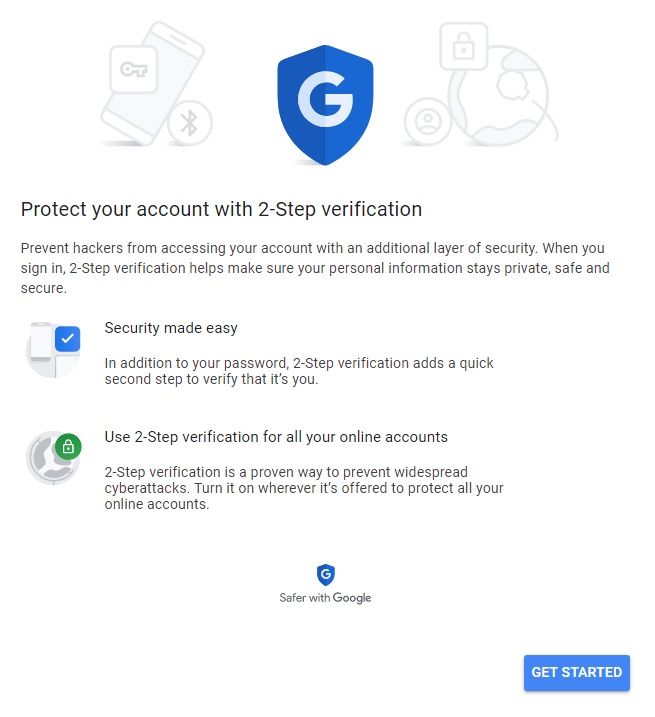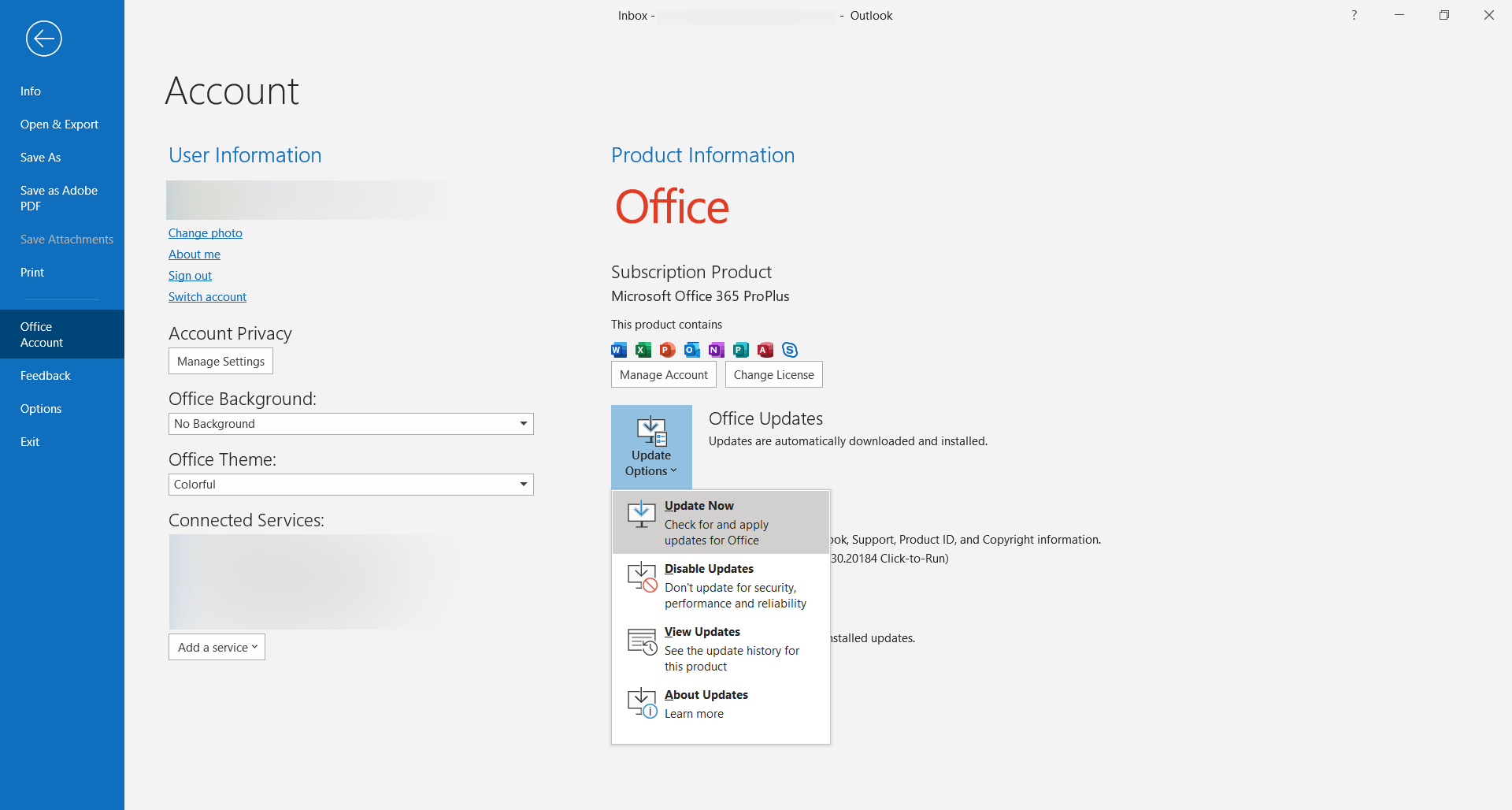
Under the subkey found in step 9, examine the value of the 00036619 binary value. Locate the subfolder in your profile that matches the GUID value identified in step 8 (for example, \5fcfd5f1ba5c6f45b357cc5e0d169458). It represents a GUID (for example, 5f cf d5 f1 ba 5c 6f 45 b3 57 cc 5e 0d 16 94 58). Under the subfolder that you found in step 7, examine the 01023d0d binary value.

Locate the subfolder in your profile that matches the GUID value identified in step 6 (for example, \c3d19a7b801bc44a960ae5b63bf97c7e). It represents a GUID (for example, c3 d1 9a 7b 80 1b c4 4a 96 0a e5 b6 3b f9 7c 7e). Under the \0000000x subkey, locate the Service UID binary value. For example, the Account Name value points to under the \00000003 subkey. Repeat this process until you find the Account Name value that includes your SMTP address. Select the first subfolder (00000001), and then examine the data of the Account Name binary value by double-clicking the value. Under the 9375CFF0413111d3B88A00104B2A6676 key, you see a subkey for each account in your profile. Under this subkey, locate and expand the name of your Outlook profile. HKEY_CURRENT_USER\Software\Microsoft\Windows NT\CurrentVersion\Windows Messaging Subsystem\Profiles HKEY_CURRENT_USER\Software\Microsoft\Office\15.0\Outlook\Profiles Locate the registry path appropriate for your version of Outlook: If you're prompted for an administrator password or for confirmation, type the password, or click Allow.
#Email keeps asking for password outlook windows#
In Windows 7, click Start, type regedit in the Start Search box, and then press Enter.In Windows 10, Windows 8.1, or Windows 8, press the Windows logo key+R to open the Run dialog box, type regedit.exe, and then click OK.Before you access it, back up the registry for restoration in case problems occur. Serious problems might occur if you modify the registry incorrectly. Follow the steps in this section carefully. Modifying the Outlook profile by using the "Profiles" registry path is not supported and may cause your Outlook profile to be in an unsupported state. To locate and view the registry setting for Anonymous Authentication in the Outlook profile, follow these steps. On the Logon network security list, select Anonymous Authentication, and then click OK.Ĭlick Next, click Finish, and then click Close on the Account Settings dialog box.Ĭlick Close on the Mail Setup dialog box, and then click OK to close the Mail control panel.

In the Microsoft Exchange dialog box, select the Security tab.


In the Change Account dialog box, click More Settings. Select your email account, and then click Change. In Control Panel, locate and double-click Mail.Ĭlick Show Profiles, select your Outlook profile, and then click Properties. Or, type control panel at the Start screen, and then tap or click Control Panel in the search results.


 0 kommentar(er)
0 kommentar(er)
